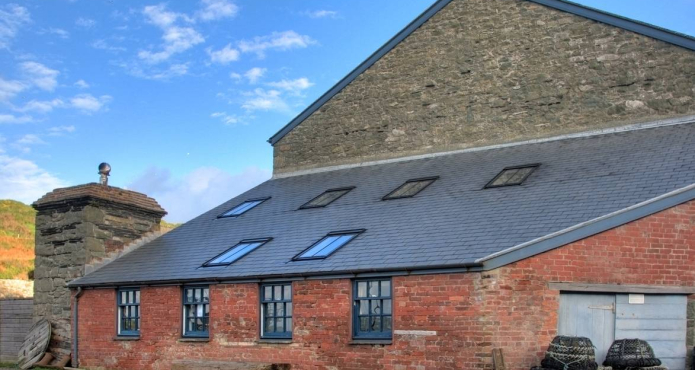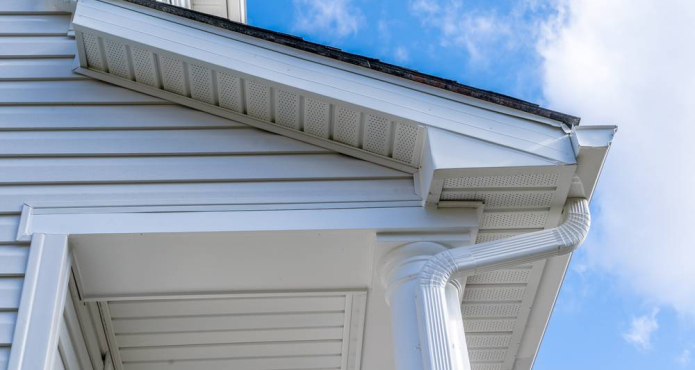Asbestos Removal
Regulatory Bodies
Assessment and Testing
Careful Removal
Asbestos removal involves the safe and controlled removal of asbestos-containing materials (ACMs) from buildings. Asbestos, once commonly used in construction for its fire resistance and insulation properties, is now known to be hazardous. Its fibres, when airborne and inhaled, can cause serious health issues, including lung cancer, mesothelioma, and asbestosis.
To find out more about flat roof repair or installation, please contact us for a free, no-obligation quote.
Specification
Proper asbestos removal is crucial to prevent health hazards associated with asbestos exposure. Engaging certified professionals ensures safe and compliant removal, protecting both workers and building occupants.
Why Professional Help is Essential
- Expertise and Safety: Professionals have the necessary skills and equipment to safely handle asbestos.
- Compliance: Ensures adherence to legal requirements and minimizes health risks.
- Proper Disposal: Ensures asbestos waste is disposed of in compliance with environmental regulations.
| Common Asbestos-Containing Materials | Insulation: Around pipes, boilers, and ducts. Flooring: Vinyl tiles and adhesives. Roofing and Siding: Shingles and panels. Cement Products: Pipes and sheets. Textiles: Fire blankets, curtains, and clothing. Other: Textured paints, sealants, and joint compounds. |
Regulations and Guidelines
- Regulatory Bodies:
- OSHA (Occupational Safety and Health Administration) in the U.S.
- EPA (Environmental Protection Agency) in the U.S.
- HSE (Health and Safety Executive) in the U.K.
- Requirements:
- Employers must follow strict safety protocols and training requirements.
- Proper labelling, disposal, and documentation are mandatory.
Asbestos Removal Process
A. Assessment and Testing
- Inspection: Professional assessment to identify ACMs.
- Sampling and Testing: Collect samples and analyse them in a lab to confirm the presence of asbestos.
B. Planning and Preparation
- Develop a Removal Plan: Outline the scope, methods, safety measures, and disposal procedures.
- Obtain Permits: Secure necessary permits from local authorities.
C. Containment and Removal
- Isolation: Seal off the area with plastic sheeting and negative air pressure units to prevent fibre release.
- Personal Protective Equipment (PPE): Workers must wear appropriate PPE, including respirators and disposable coveralls.
- Wet Removal Methods: Wetting ACMs reduces airborne fibres during removal.
- Careful Removal: Use hand tools to carefully remove ACMs, avoiding breakage and fibre release.
- Bagging and Sealing: Place removed materials in labelled, airtight containers for disposal.
D. Decontamination and Disposal
- Decontamination: Clean tools and equipment and dispose of protective clothing properly.
- Transport and Disposal: Transport ACMs to approved disposal facilities following regulatory guidelines.
E. Final Inspection and Air Testing
- Visual Inspection: Ensure all asbestos has been removed and the area is clean.
- Air Testing: Conduct air quality tests to ensure no residual fibres remain.
Health and Safety Measures
- Training: Workers must undergo specialized training in asbestos handling and removal.
- Air Monitoring: Continuous air monitoring during removal to ensure safety.
- Medical Surveillance: Regular health check-ups for workers involved in asbestos removal.
Cost Considerations
- Assessment and Testing: Initial inspection and lab testing fees.
- Removal Costs: Labour, equipment, and disposal costs vary based on the size and complexity of the project.
- Post-Removal Testing: Additional costs for final air quality testing.










